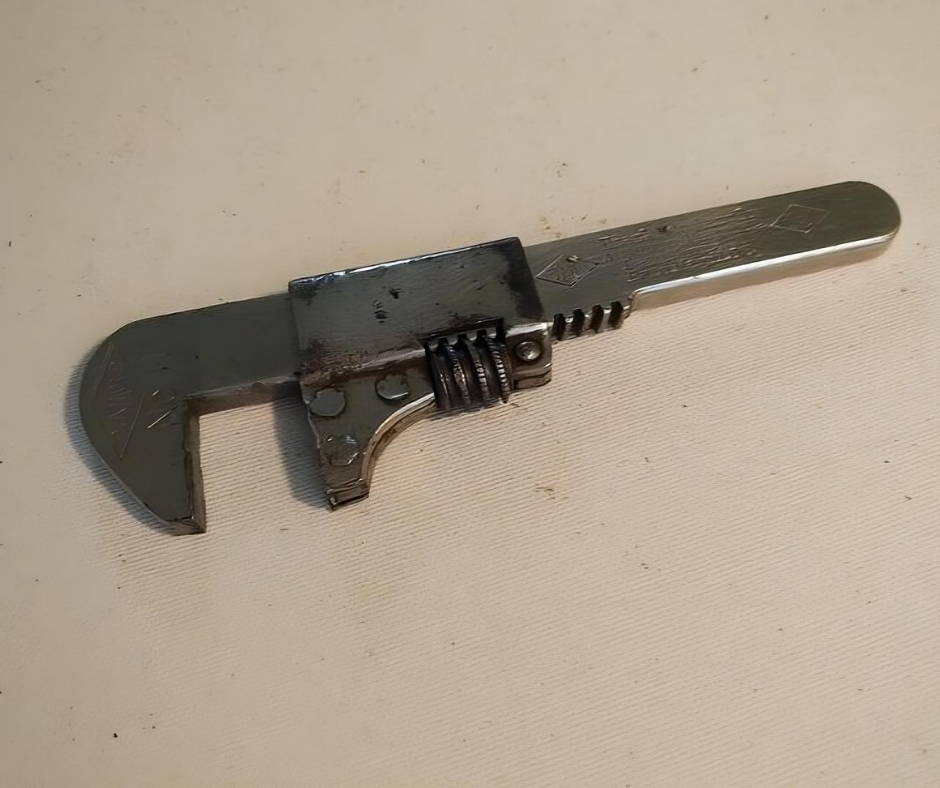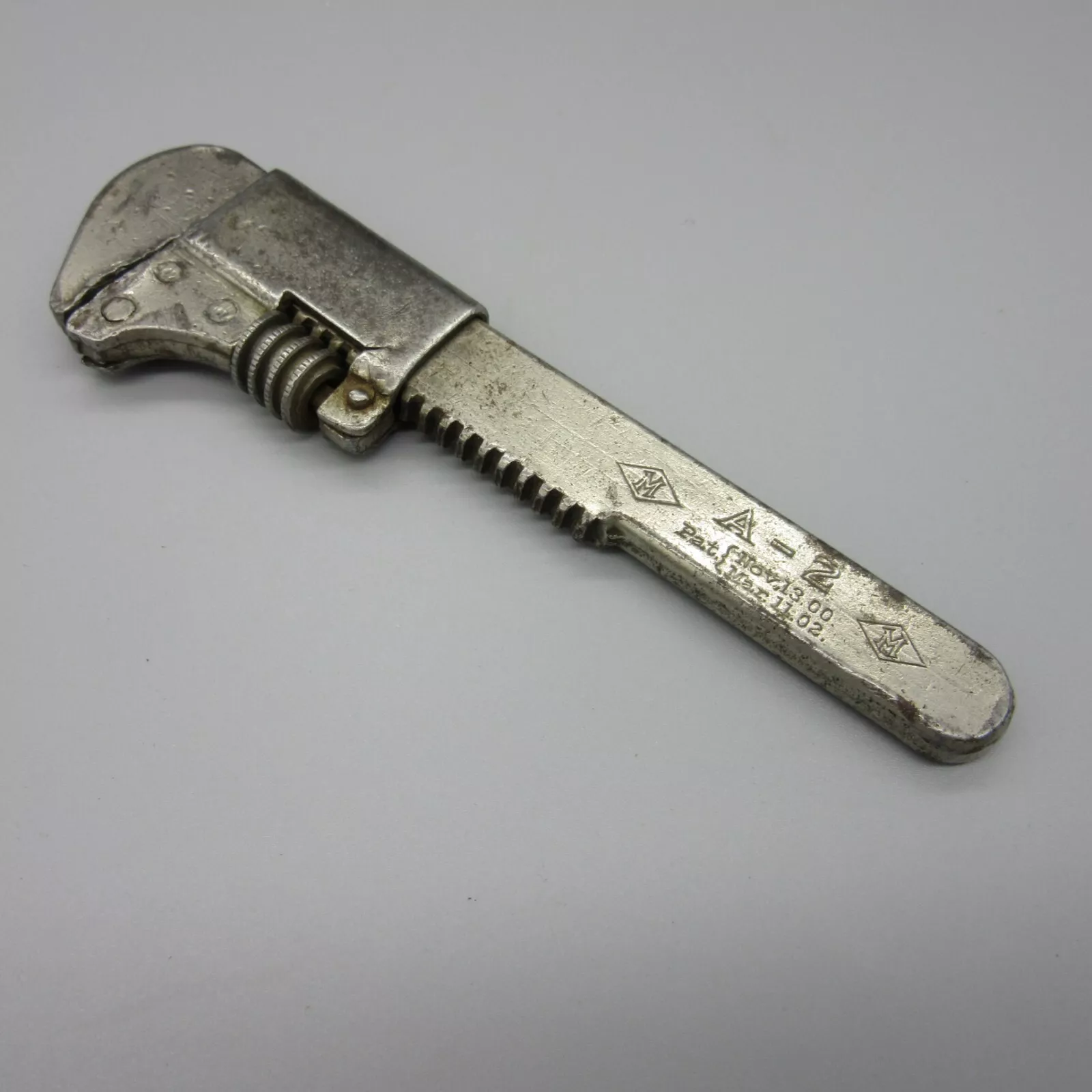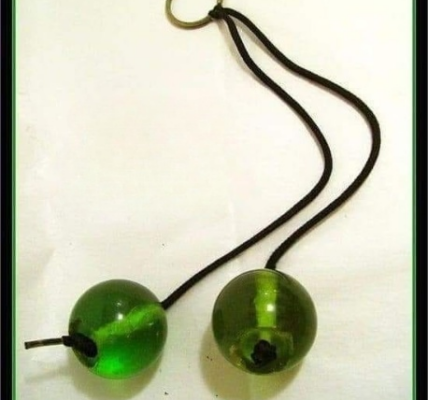As bicycles rose in popularity during the late 19th and early 20th centuries, so did the need for practical and reliable tools to maintain them. Among these tools, the vintage bicycle adjustable wrench holds a special place. Originally patented in the mid-19th century by Swedish inventor Johan Petter Johansson, this wrench became a staple in the toolkit of every dedicated cyclist. Its adjustable nature made it a versatile solution, capable of fitting different nut sizes on bicycles, and it quickly became an indispensable part of early cycling culture.
In this article, we’ll explore the origins, unique features, and enduring legacy of the vintage bicycle adjustable wrench, as well as the ways it transformed cycling and tool design.
Origins of the Vintage Bicycle Adjustable Wrench

The vintage bicycle adjustable wrench finds its roots in a time of mechanical innovation and newfound mobility. As bicycles became a widespread means of personal transportation, cyclists faced the challenge of keeping their rides in top shape while on the road. Fixed-size wrenches were heavy, cumbersome, and unable to adapt to the various nuts and bolts found on bicycles, leading to the need for a more adaptable tool.
Swedish inventor Johan Petter Johansson patented the original adjustable wrench in the 1890s. This wrench featured jaws that could be adjusted to fit different sizes of nuts and bolts, which was revolutionary at the time. Johansson’s design soon became popular among cyclists, who valued the wrench for its portability and versatility. It allowed them to perform essential maintenance on their bicycles without carrying an entire set of tools, making it a perfect fit for long journeys.
The Practical Use of the Vintage Bicycle Adjustable Wrench
The adjustable wrench’s most significant contribution to cycling was its practicality. With a single tool, cyclists could perform a range of maintenance tasks, whether it was tightening the nuts on the wheel axle, adjusting the saddle height, or securing bolts on the frame. This adaptability made it possible for riders to fix common issues on the go without the need for multiple fixed-size wrenches.
The adjustable wrench was designed to be compact, easily fitting in a small toolkit or even in a pocket. This portability was a game-changer for cyclists, particularly for those embarking on long rides or cross-country tours where tool availability was limited. With an adjustable wrench, they could handle unexpected mechanical problems without being weighed down by a large toolkit.
Design and Functionality: What Made the Adjustable Wrench So Effective?
What set the vintage bicycle adjustable wrench apart was its ingenious design, which combined functionality and simplicity. The wrench consisted of two main components: an adjustable jaw and a handle. By turning a small screw mechanism on the handle, the user could expand or contract the jaw, allowing it to fit a wide range of bolt sizes. This innovation eliminated the need for multiple wrenches, as one tool could handle a variety of nuts and bolts.
The adjustable jaw was made of durable metal, typically steel, ensuring that it could withstand significant torque and resist wear over time. This durability was crucial for cyclists who depended on their wrenches for frequent use. Additionally, the ergonomic handle provided a comfortable grip, making it easy to apply force when tightening or loosening bolts, even in challenging conditions.
The Legacy of the Vintage Bicycle Adjustable Wrench in Tool Design
The vintage bicycle adjustable wrench left an indelible mark on both the cycling and tool industries. Its design influenced the development of modern adjustable wrenches, which are now a staple in every mechanic’s toolbox. The wrench’s simple yet effective design has remained relatively unchanged for over a century, a testament to its innovative engineering.
Today, the adjustable wrench continues to be an essential tool for mechanics, DIY enthusiasts, and cyclists alike. Its legacy lives on in modern versions that incorporate advanced materials and improved mechanisms but retain the fundamental principles of Johansson’s original design. In the world of tools, few designs have achieved the same lasting impact and widespread adoption.
The Adjustable Wrench as a Symbol of Early Cycling Culture

Beyond its practical utility, the vintage bicycle adjustable wrench symbolizes an era when bicycles were more than just transportation—they were a symbol of freedom, independence, and exploration. Early cyclists were pioneers, pushing the boundaries of mobility and discovering new horizons on two wheels. The adjustable wrench represented the resilience and resourcefulness of these riders, who needed to rely on their tools and skills to navigate the open road.
Cyclists embraced the adjustable wrench as an embodiment of their journey. It was a tool that allowed them to venture further, confident in their ability to handle any mechanical challenges they encountered along the way. Today, vintage wrenches are prized by collectors and cycling enthusiasts alike, treasured for their historical significance and craftsmanship. They serve as reminders of the spirit of adventure and self-reliance that defined early cycling culture.
Collecting Vintage Bicycle Adjustable Wrenches: A Piece of History
For collectors and history enthusiasts, vintage bicycle adjustable wrenches hold a special appeal. These wrenches are not only functional but also reflect the ingenuity and craftsmanship of the late 19th and early 20th centuries. Collectors value these tools for their authenticity, often seeking out specific models and designs that reflect the evolution of toolmaking.
Vintage wrenches are also popular among cyclists who appreciate the history and legacy of cycling culture. For many, owning an original adjustable wrench is like owning a piece of history—a tangible link to the early days of cycling and a tribute to the tools that made those journeys possible. Collectors and enthusiasts enjoy the blend of practicality and historical significance, with each wrench telling its own story of past rides, repairs, and adventures.
Conclusion: The Enduring Impact of the Vintage Bicycle Adjustable Wrench
The vintage bicycle adjustable wrench stands as a testament to the power of innovation, practicality, and craftsmanship. Born out of necessity, this tool provided cyclists with the means to maintain their bikes efficiently and reliably, even on the longest journeys. Its legacy lives on in modern adjustable wrenches, which remain essential for cyclists and mechanics alike.
More than just a tool, the vintage bicycle adjustable wrench represents an era of exploration and self-sufficiency. It reminds us of a time when cyclists relied on their ingenuity and a handful of essential tools to keep moving forward. Today, this humble yet brilliant tool is cherished not only for its functionality but also for its role in the history of cycling—a symbol of resilience, independence, and the timeless human spirit of adventure.




